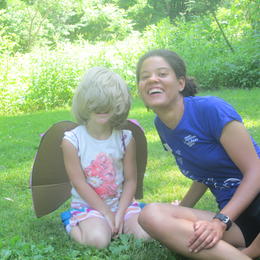This season of transition we are currently in has its downside (mainly, that it seems like early February outside even though its mid-April). But the best part is that the world is still opening up slowly enough that you can see it happening. Every day the goldfinches look a little sunnier. The buds on Red Maples are swelling and will soon give the hillside across from the Sugarhouse a scarlet hue on sunny mornings that I will notice while waiting to start a field trip. All it takes to become a great naturalist and community scientist is to write down these things as you notice them. Just like that you will be the next Aldo Leopold.
It's a great way to get to know your landscape/yard/balcony/favorite park better. When taken over time, these naturalist notes can be a wealth of knowledge. They can point to changes, like assuring yourself that it be spring soon because the wood frogs are quacking. Or bigger changes, like the date of last snow fall over the past 10 years.
But you don’t have to start too big. There are great websites and apps you can use to log your naturalist sightings like eBird and iNaturalist, and plenty of books to boot. But my tried-and-true method is a piece of scrap paper taped to the wall above my computer. The key is to make notes often by making the journal part of your routine. Take your notebook with you wherever you go, or keep it next to the kitchen window so you can record sightings and notes while you make your coffee. Get kids involved too. Have a family journal that you write in every night. You will create a wonderful tradition and train yourself to take notice of nature, even during a cold and wet April.
If you need some inspiration, check out this blog by Mary Holland: https://naturallycuriouswithmaryholland.wordpress.com/ or Virginia Barlow’s phenology calendar in Northern Woodlands Magazine: https://northernwoodlands.org/ .




